Archives
- 2025-11
- 2025-10
- 2025-09
- 2025-03
- 2025-02
- 2025-01
- 2024-12
- 2024-11
- 2024-10
- 2024-09
- 2024-08
- 2024-07
- 2024-06
- 2024-05
- 2024-04
- 2024-03
- 2024-02
- 2024-01
- 2023-12
- 2023-11
- 2023-10
- 2023-09
- 2023-08
- 2023-07
- 2023-06
- 2023-05
- 2023-04
- 2023-03
- 2023-02
- 2023-01
- 2022-12
- 2022-11
- 2022-10
- 2022-09
- 2022-08
- 2022-07
- 2022-06
- 2022-05
- 2022-04
- 2022-03
- 2022-02
- 2022-01
- 2021-12
- 2021-11
- 2021-10
- 2021-09
- 2021-08
- 2021-07
- 2021-06
- 2021-05
- 2021-04
- 2021-03
- 2021-02
- 2021-01
- 2020-12
- 2020-11
- 2020-10
- 2020-09
- 2020-08
- 2020-07
- 2020-06
- 2020-05
- 2020-04
- 2020-03
- 2020-02
- 2020-01
- 2019-12
- 2019-11
- 2019-10
- 2019-09
- 2019-08
- 2019-07
- 2019-06
- 2019-05
- 2019-04
- 2018-07
-
We further evaluated the functional relation between
2021-08-16
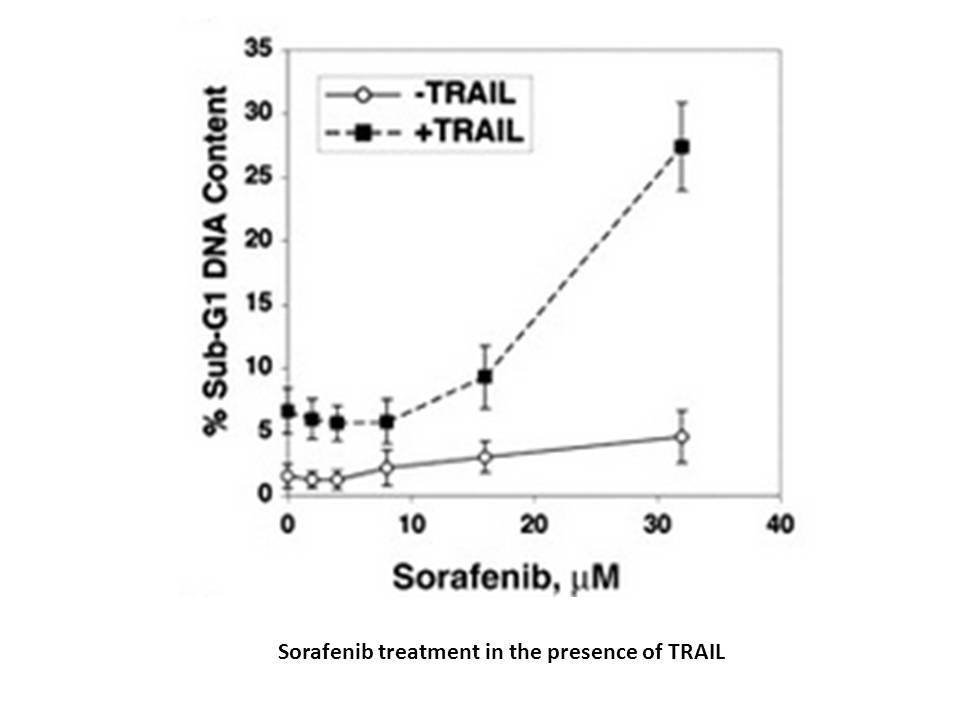
We further evaluated the functional relation between promoter regulation of the tumor suppressor genes and in fresh frozen, microdissected tumor tissue from 55 patient with clear cell renal carcinoma. In addition, normal-appearing tissue from the same patient taken distal of the tumor and later hi
-
The corticotropin releasing factor CRF also referred to as
2021-08-16
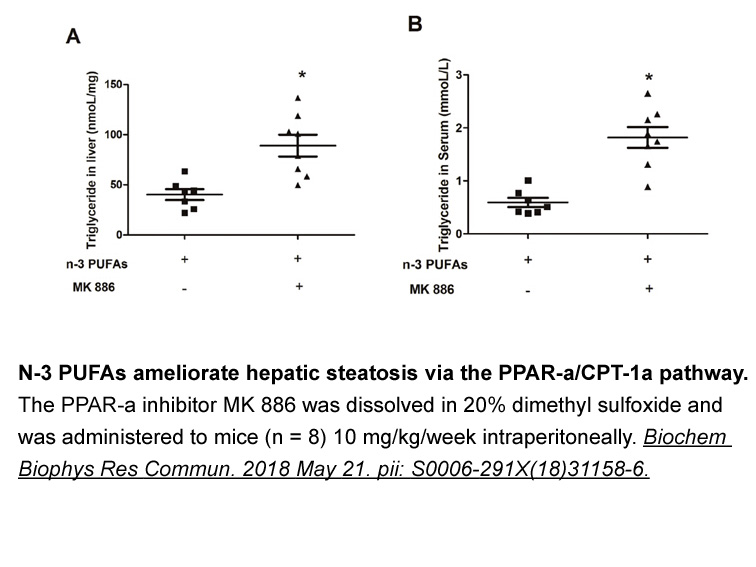
The corticotropin-releasing factor (CRF) also referred to as corticotropin-releasing hormone, is a key mediator of mammalian endocrine, behavioral, autonomic, and immune responses to stress (Vale et al., 1981, Owens and Nemeroff, 1991, Bale and Vale, 2004). Within the hypothalamic–pituitary–adrenal
-
Among the various neurotransmitter systems pointed out to pl
2021-08-16

Among the various neurotransmitter systems pointed out to play a role in the mediation of defensive and antinociceptive responses elicited by environmentally aversive stimuli, the neuropeptide corticotropin-releasing factor or hormone (CRF or CRH) has attracted the interest of many researchers inves
-
On close inspection the pattern
2021-08-16

On close inspection, the pattern shows large areas of very low point intensity where hardly any trees can be found. Anecdotal knowledge reveals that these regions are covered by a swamp, where the tree species is known to be very unlikely to grow, independent of local soil covariates and topography.
-
CD is a key co stimulation surface marker that
2021-08-16

CD28 is a key co-stimulation surface marker that can be detected in all peripheral T KPT-9274 in newborns, and the proportion of CD28bearing T cells reduces progressively with age [reviewed by (Fagnoni et al., 1996; Weng et al., 2009)]. Therefore, CD28nullCD8+ T cells are one of the most acknowledg
-
In summary synthetic routes with moderate to high yields hav
2021-08-16
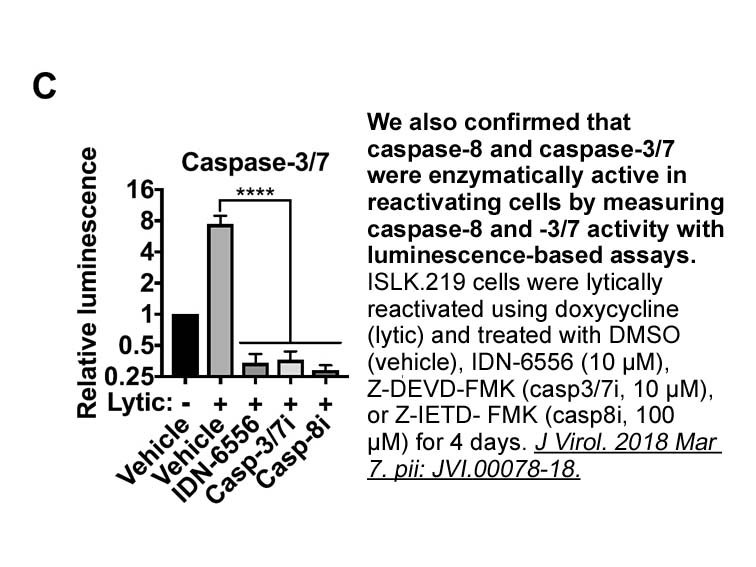
In summary, synthetic routes with moderate to high yields have been developed to produce difluoro-dioxolo-benzoimidazol-benzamides including reference standards and , and -desmethylated precursors and , and carbon-11-labeled difluoro-dioxolo-benzoimidazol-benzamides target tracers [C] and [C]. The
-
Zinc protoporphyrin IX mg IAA sensitive Cl channels were sho
2021-08-16

IAA-94-sensitive Cl channels were shown to mediate cardioprotection due to IPC (Diaz et al., 1999) and cyclosporine A (Diaz et al., 2013). CLIC-like channel activity was also observed in cardiac mitoplast (Misak et al., 2013) but the molecular identity of these intracellular Cl channels and their pr
-
Damage of PE HD due to
2021-08-16

Damage of PE-HD due to both mechanisms is usually considered to emerge from a local stress concentration in the material, leading to the initiation of a crack, which subsequently propagates further through the material, and finally leads to macroscopic failure. In this process, crack growth occurs o
-
Even minor alterations in the surfactants structure could ha
2021-08-16
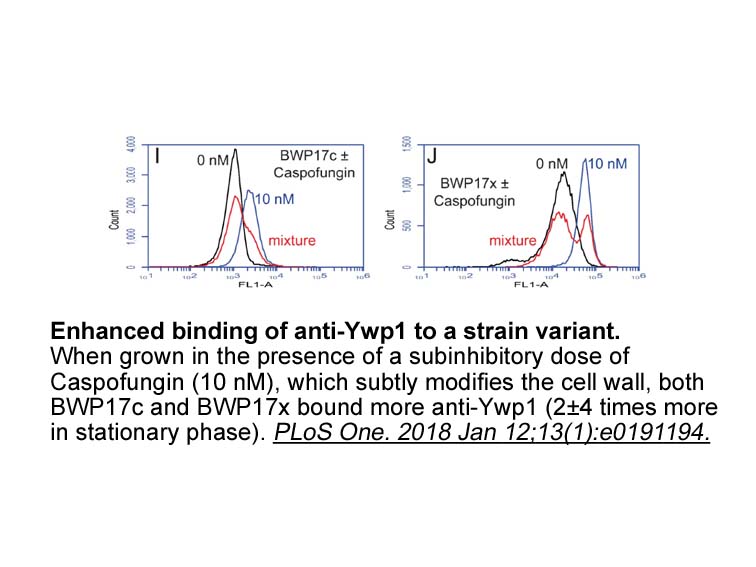
Even minor alterations in the surfactants structure could have consequences on their physico-chemical characteristics; mono-RLs have less solubility, stronger surfaces sorb, and stronger cationic metals binding than homologue di-RLs (Zhang et al., 1997). The HPLC separation of RLs structure is base
-
Recent studies have reported that miR plays an
2021-08-16

Recent studies have reported that miR-454 plays an important role in various cellular processes and diseases, such as inflammation, infection, osteogenic differentiation, and cancers [25,27,29,30]. Multiple evidence has documented that miR-454 promotes the proliferation, migration and invasion, and
-
Previously we have reported that magnitude of the disruption
2021-08-16
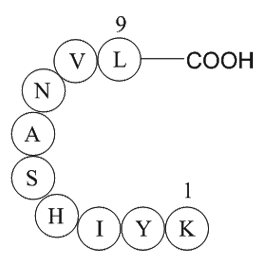
Previously, we have reported that magnitude of the disruption of the blood–aqueous barrier after paracentesis was reduced by 82% in EP4 receptor knockout mice (Biswas et al., 2006). In the present study, we observed that pretreatment of EP1 receptor knockout mice with EP4 receptor antagonist, reduce
-
Several recent reviews have appeared covering different
2021-08-16
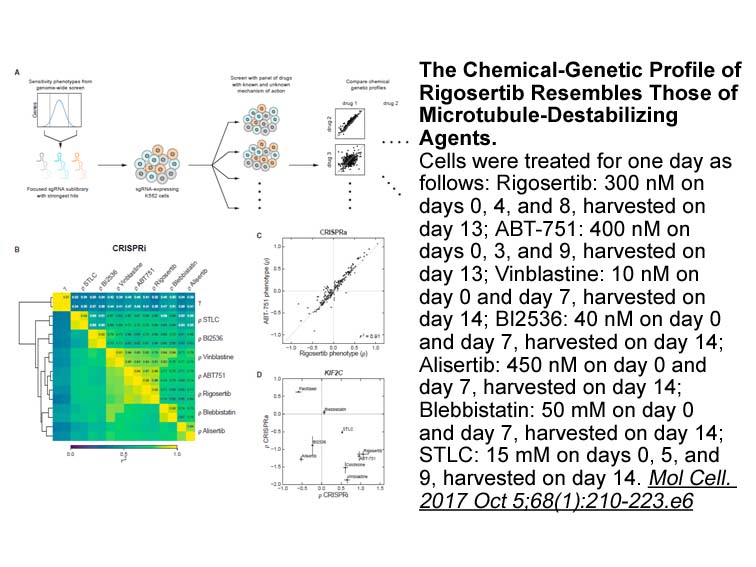
Several recent reviews have appeared covering different aspects of the sPLA2 family of enzymes, including sPLA2-V, and the interested reader is kindly directed to these for specific details [34,[135], [136], [137]]. It is important to remark here, however, that recent studies on sPLA2-V suggest that
-
br Prospect of DDR antagonist DDR a receptor of tyrosine
2021-08-16

Prospect of DDR2 antagonist DDR2, a receptor of tyrosine kinase has been found now to be reported to play a significant role in onset of osteoarthritis at the early stage of diseases progression. The DDR2 are the receptor for extracellular collagen and activated upon the binding of collagen resul
-
br GRAIL family Gene related to anergy in lymphocytes
2021-08-16
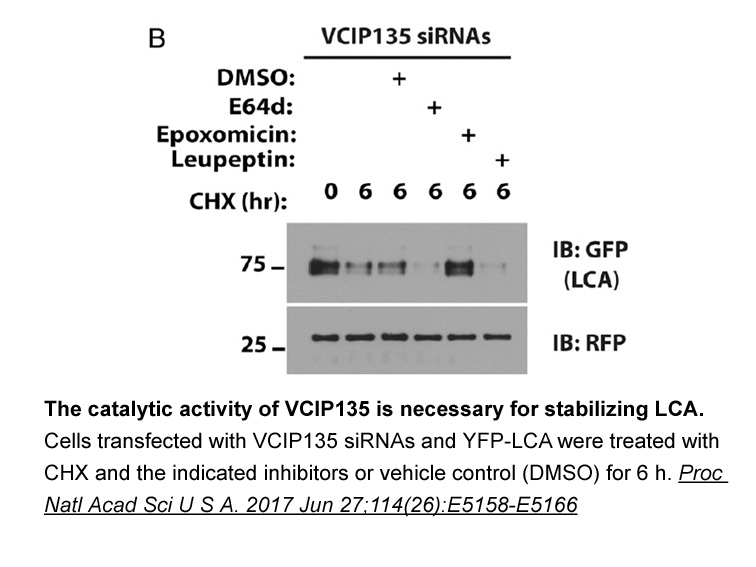
GRAIL family Gene related to anergy in lymphocytes protein (GRAIL, encoded by Rnf128 gene) is a transmembrane RING-type E3 ligase involved in T cell anergy and tolerance, and also regulation of dnmt cytoskeletal organization [52]. This E3 was initially identified in CD4+ T helper cells and CD4+C
-
crf1 A structural explanation for how RBR
2021-08-16
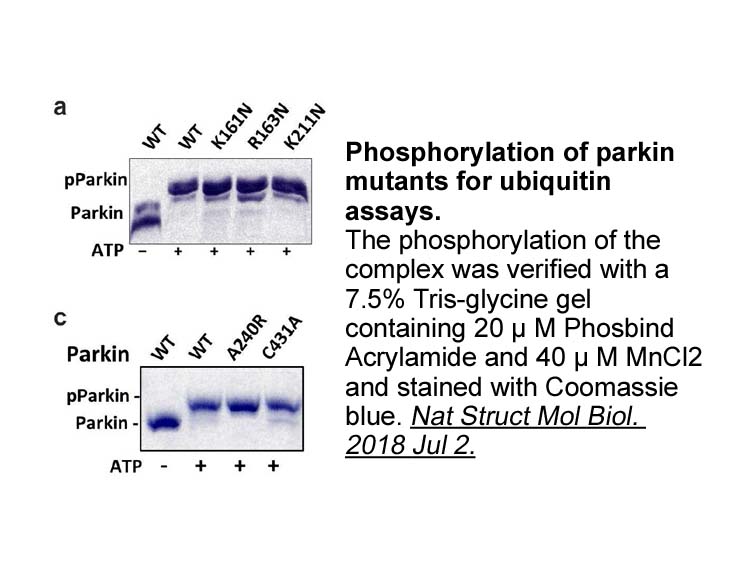
A structural explanation for how RBR RING1s handle their bound E2~Ubs differently from canonical RINGs has not been readily apparent. Only a few residue positions are strongly conserved in RING and RING1 domains, most of which are zinc-coordinating Cys and histidine residues. A key position in canon
16022 records 624/1069 page Previous Next First page 上5页 621622623624625 下5页 Last page